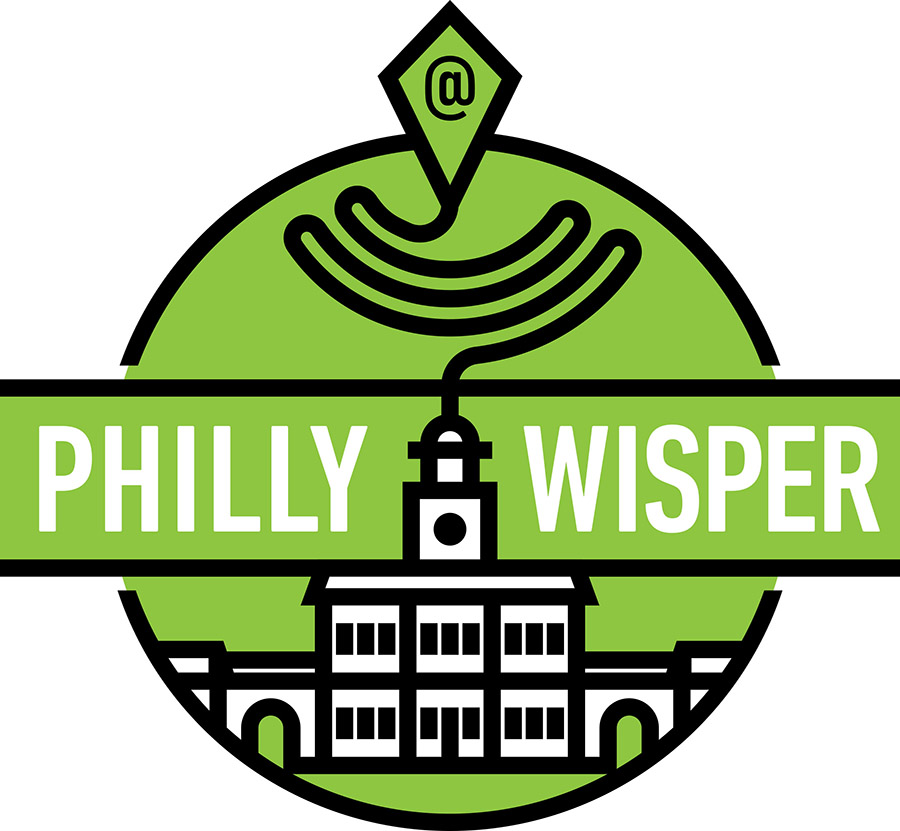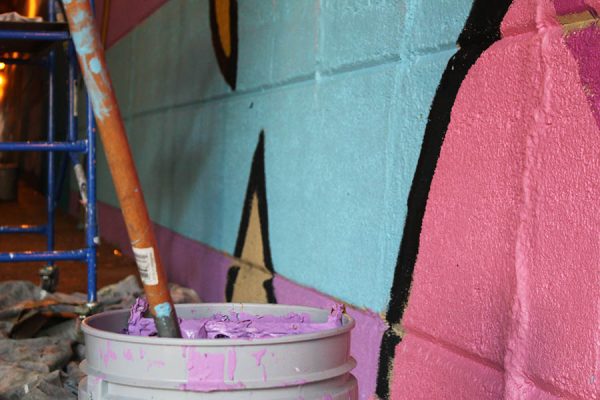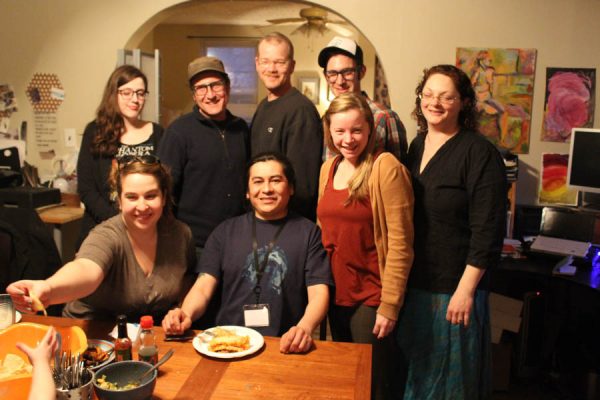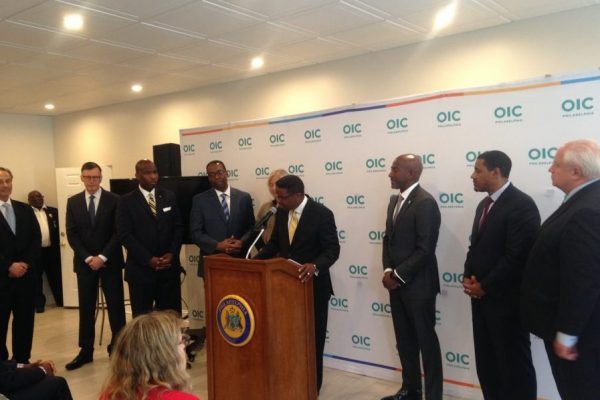Philly Wisper: Putting the Web’s Last Mile in the Rearview Mirror
We’re constantly reminded that Philadelphia is “Comcast Country” — its building looms over our city’s landscape and casts its shadow far and wide. The company’s web services reach even further, but for many internet users, Comcast is the only name in town.
In telecommunications, the “Last Mile” refers the final segment of an internet network chain before reaching an end user, or customer. It is typically the speed bottleneck in communication networks and it limits the bandwidth of data that can be delivered to the customer. This is because retail telecommunication networks have the topology of “trees”, with relatively few high capacity “trunk” communication channels branching out to feed many final mile “leaves.” The Last Mile links, as the most numerous and thus most expensive part of the entire internet system, are the most difficult to upgrade to new technology.
Solving the Last Mile problem has never been easy, even in cities like Philly where Comcast is king. There’s still an issue with providing internet service to every resident and as people become more fed up with what internet and cable companies have provided them there’s been a growing desire to cut the cord.
But there’s some hope for the Internet, at least locally, and it comes in the form of an unassuming, grey-haired internet whiz sporting thin wire-framed glasses living in the Riverwards. For the past year he’s been working to bring residents another option.
The whiz’s name is Mark Steckel, a Philadelphia native who returned home last year after spending 25 years in the tech startup world working at Change.org and helping companies like Huffington Post get off the ground. After more than two decades working for other firms, Steckel has returned home to spearhead his own project called PhillyWisper.net, which aims to provide a contract-free internet alternative in the Riverwards.
PhillyWisper.net, a play on words for what is commonly known as a WISP (wireless Internet service provider), doesn’t bring any new technology to the table. Instead, it takes a system commonly used in rural areas and tweaks it to fit the urban landscape of a city. Most residents currently get internet service from their phone or cable provider because those companies already have physical lines running to and from their homes. WISP technology was first used in rural areas in the 90s to solve the Last Mile problem of DSL and cable companies finding it too expensive to lay land lines. Over the past two decades, wireless technology has progressed and so too have the speeds of WISPs, which has finally made this a viable option in urban areas.
Normal internet lines run from your router/modem, to outside your house, onto a telephone pole and eventually to a data center where the Internet service originates. PhillyWisper.net, however, runs a wire from your router to a radio on the roof. This radio, which is shaped like an oversized Skittle (about the size of a Frisbee), “talks” to a tower connected with a data center. With PhillyWisper.net, the Last Mile uses radio instead of coaxial cable, copper (DSL/phone/Verizon) or fiber (Verizon).
The only caveat is that the tower (and it can be anything of great height, such as a radio tower or a water tower) has to have a clear line of sight to your rooftop. Steckel realizes he can’t offer Internet service to everyone, but those who are eligible will get a high quality of service, with speeds of 25 MB/s up and down, topping out at 50 MB/s with no data cap.
Weather does not affect the signals between the tower and the radio. Steckel, who currently has less than 100 customers in the Riverwards, was interested to see if the last blizzard affected the service. According to him, there were no blackouts nor any cases of lost service; instead he saw a spike in traffic. Steckel explained that “everyone was stuck inside watching movies and using the internet.”
Shortly after moving back to the East Coast, Steckel said he realized that “Philly is crying for a choice and I want to make internet easy.” PhillyWisper.net is currently offering their services in the zip codes of 19123, 19125, 19122, 19134, 19133 — most of the neighborhoods that make up the Riverwards. Steckel says that the reaction he gets from most neighbors after they find out what he is offering is, “Where have you been? I need this today.”
PhillyWisper.net doesn’t want to expand out of the Riverwards right away, instead they plan to concentrate on this section of Philadelphia and secure a high quality of service for the residents here. According to Steckel some notable customers currently using the service provided by PhillyWisper.net are the folks over at the Kensington Food Co-op, the East Kensington Neighborhood Association (ENKA) and the Northern Liberties Neighborhood Association (NLNA).
Spirit News asked Steckel why someone hadn’t done this before in Philly.
“No one thought it was possible,” he said, smiling. “I’m doing this in Comcast’s backyard.”
It doesn’t have to be Comcast Country in the Riverwards anymore.
You can find out more information by visiting www.phillywisper.net.








